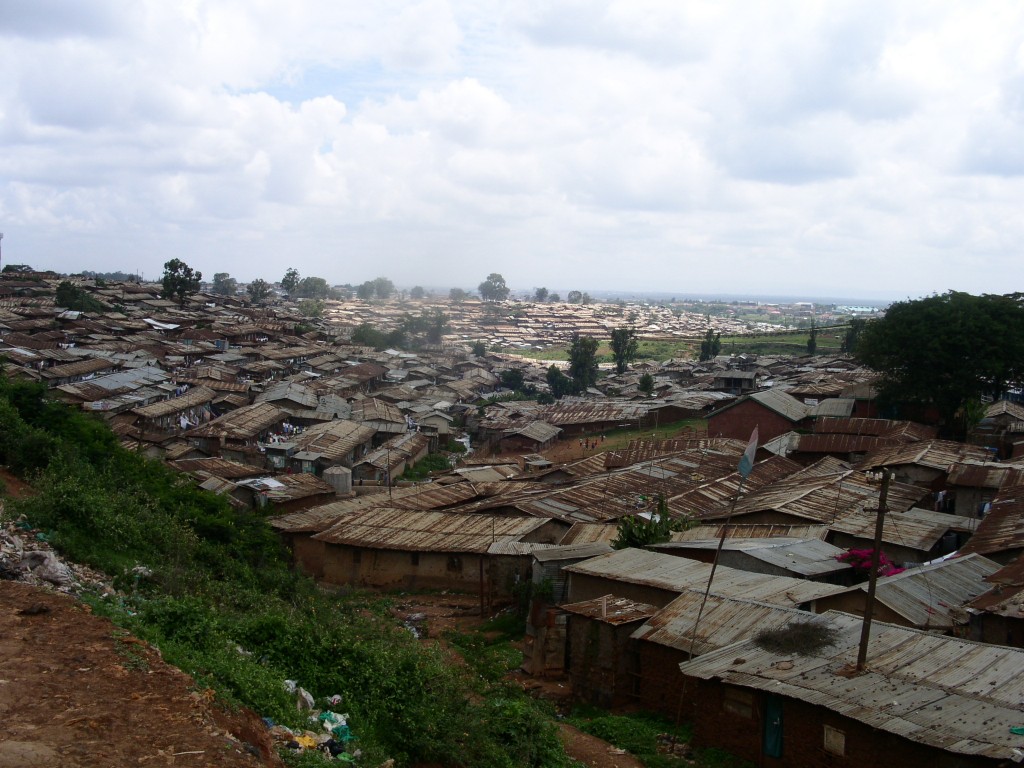“Ex Africa semper aliquid novi”. Pliny the Elder or Aristotle, or another one of those old Greek guys actually turned this phrase that became the title of a marvelous book by Karen Blixen (Isaak Dineson) – “Out of Africa”. “There is always something new coming out of Africa” is the meaning but many believe that it wasn’t a complement back then. It may have meant that Africa produced some evil and frightening things but it is hard to know. The phrase pops up again and again as it did the other day in an article by Noah Millman
In 2010, the U.N. estimates there were over 850,000,000 people in sub-Saharan Africa. That’s nearly double what the population of the region was 25 years prior, in 1985. By 2035 – 25 years further on – the population of sub-Saharan Africa is projected to nearly double again, to nearly 1.5 billion people. In another 25 years, the population will be nearly 2.3 billion. In 50 years, over 1.4 billion people will be added to the world population from this region.
For comparison, China’s population, estimated at 1.34 billion in 2010, is expected to rise only slightly, to 1.38 billion, by 2035, and then decline to 1.21 billion by 2060. The growth in the sub-Saharan African population is projected to be larger than the entire population of China. The population of Europe is expected to barely change over the period, going from 738 million in 2010 to 702 million in 2060. The population of northern America – the United States and Canada – is expected to grow from 345 million to 466 million. Put together, Europe and Northern America go from 1.08 billion to 1.17 billion. Again, the increase in the the sub-Saharan African population is projected to be larger than this entire region.
This projected increase is not going to happen. There is simply no way that sub-Saharan Africa can sustain population increases of that magnitude. The extremely positive past decade of rapid economic growth notwithstanding, the scale of development required to house, feed, and employ a burgeoning population of this magnitude is unprecedented, and it’s happening in the region of the world with the worst track record of development over the past couple of centuries. You don’t have to have a view on why that track record has been so poor to conclude that meeting the challenge of a near tripling of an already enormous population is probably going to be more than the region can handle.
The author must have some kind of a “Neo – Malthusian” axe, but his argument that this increase won’t happen and the reasons why are cause for thought. The population increase won’t happen he says because other things must happen.
Here they are – a massive and unprecedented immigration that would mean that Europe will basically stop being, well, European.
A monumental decrease in birth rates because that usually happens when countries develop and the standard of living increases even marginally.
A history making die off of population through a combination of starvation, disease, and war.
What ever one thinks of this authors premises even 1/2 of the increase projected by the U.N. will have tremendous implications for mission and ministry and our partners. What shape might STM’s take in the future?


